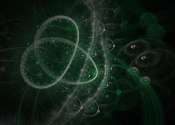PTF1J2224+17 is a polar, new study confirms
German astronomers have conducted photometric observations of a cataclysmic variable (CV) star known as PTF1J2224+17. Results of the observational campaign confirm that this object is a polar, as suggested by previous studies. ...









